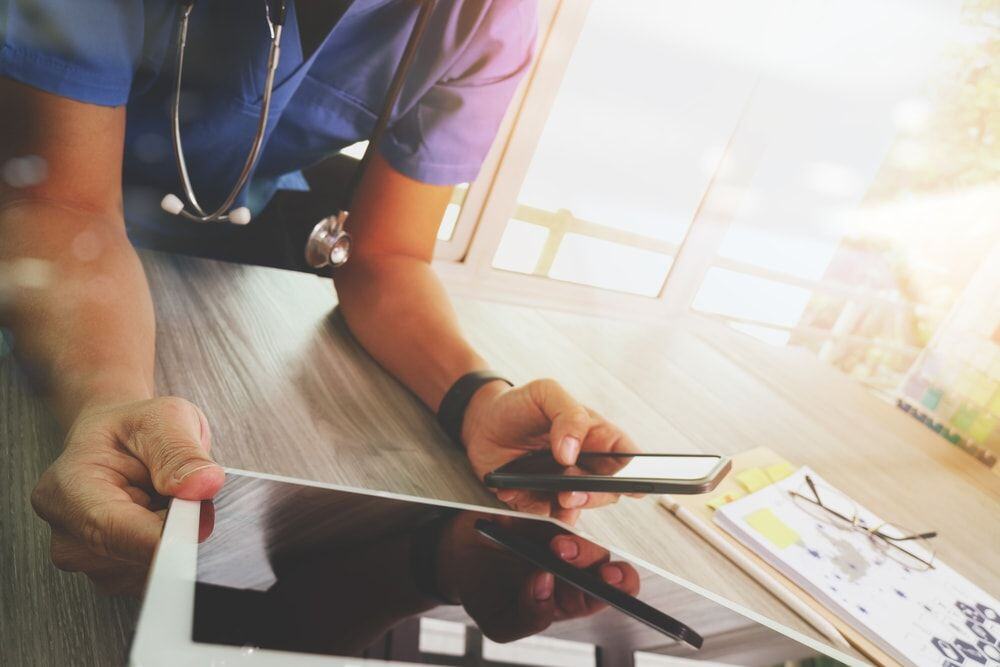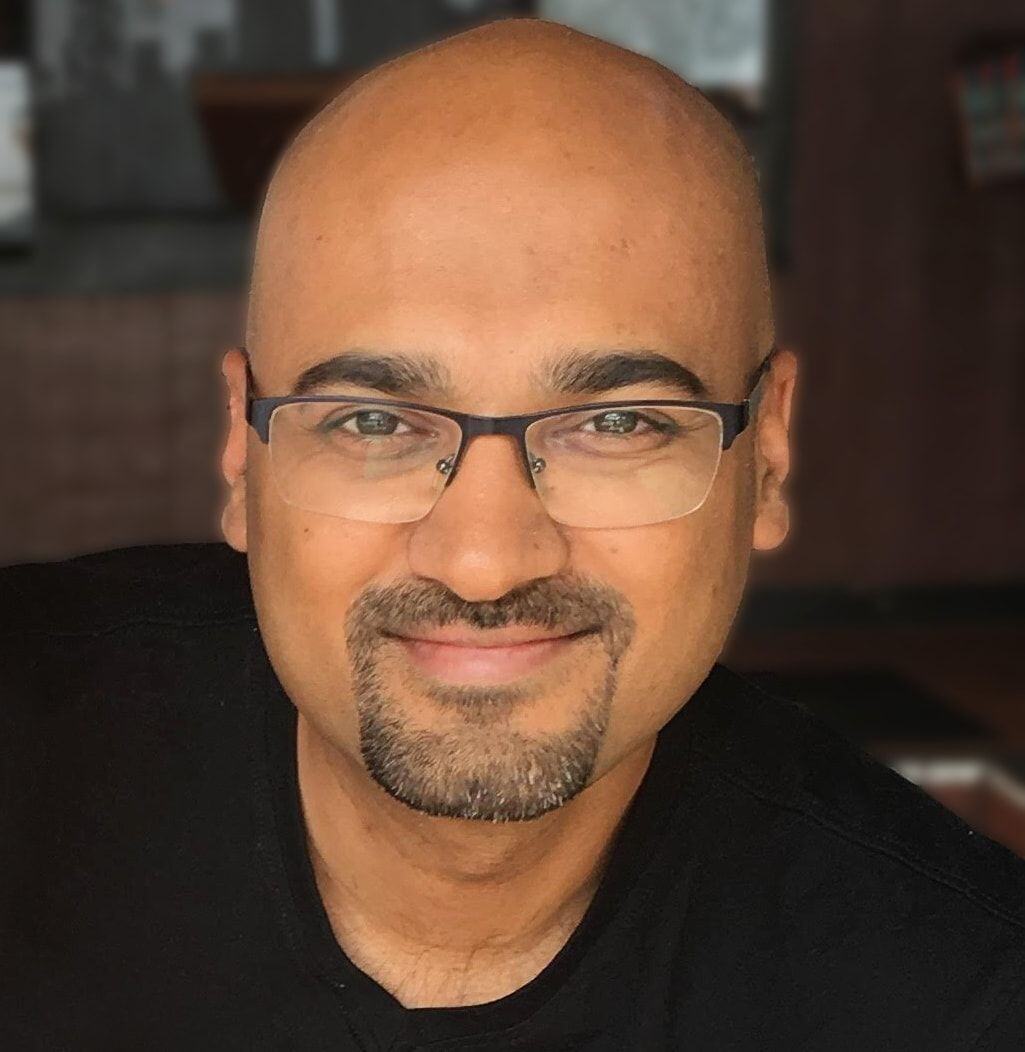5 Technology Solutions Every Medical Practice Needs
Digital literacy and the use of digital tools are inevitable in our wired world. Using the right technology in your practice can help you to be productive and manage time in a better way.
As per a report, around 85% of physicians surveyed said saying that digital health solutions are advantageous for patient care, implying that the medical community values the potential of these tools.
From smartphones, tablets to remote monitoring devices as well as cloud computing, technology has aided to shape modern medical practice.
Listed below are the five tech solutions that a physician can adopt to take their practice to the next level.
1. Electronic Health Records are a MUST!
EHR technology turns disparate data into actionable clinical information. It reduces medical errors and facilitates integrated care. According to a report, 96% of hospitals and 78% of physicians use certified EHRs as it is a digital handler for patient’s records. It systematically collects patients’ health information in organized digital archives. Digital formation of records enables information to be shared on a secure platform.
This data is formatted digitally so it can be used by any information system to format or update a reminder or update a statistics of tracking care or to issue any kind of warning. Say for example, when you are creating an electronic prescription, the EHR system simultaneously updates and then alerts the doctor to pass it to other departments. Enhancing privacy and security of patient’s data, it enables a safer and reliable care process for the patients.
EHR is helping physicians to keep pace with the faster and ever-increasing data. It reduces the work of data entry, saves time and also helps to reutilize the data for analysis purposes. Additionally, EHRs are compiling a richer set of data that is globally available at any point in time. With fewer clicks, physicians are managing to provide proper care to their patients. It helps physicians to be more aware of the patient’s medical situation and can analyze the medical condition with ease with the reduction in expenses involved in the lab.
2. Telemedicine - A clinician’s care delivery toolbox
Technology is now available to allow physicians to consult and provide proper services to their patients even at remote places. With the rise of telehealth tools, physicians can practice through a telemedicine app that utilizes instant messaging or a teleconferencing for better support and communication between him and the patient. They can rely on telemedicine apps for video visits, smartphone photos or other means to assess, treat, and manage patients with medical problems.
However, physicians need to be aware of threats while performing healthcare-related tasks while choosing mobile solutions as data of patients tends to be at risk. HIPAA guidelines are clear and self-explanatory about how the sanctity of ePHI can be maintained.
As per a report, 61% of physicians are likely to start using telehealth efficiently to assess patient history and needs. Physicians can now answer questions and review tests remotely, it is more efficient for the provider, the practice, and the patient. Telemedicine is basically poised to bring change in the way medical care is provided to the patients and the practices.
Further, physicians can provide patients with the same quality of service provided by conventional medical practices with accessible, cost-effective, specialty care. Patients can use their smartphones or computers to correspond with a primary care physician and not worry about visiting the doctor’s office in person.
3. Voice-assistant technology
As per research, 23% of physicians are using voice assistants like Siri and Alexa at the office for work-related as well as personal work. The goal isn’t to replace physicians with speakers. Equipped with advanced artificial intelligence and natural language processing algorithms, all a physician has to do is ask them to listen.
With a voice to document medical histories, physicians have started to make voice-assistant an integral part of the day-to-day process. For example, several physicians use dictation software such as Dragon by Nuance that allows the user to transcribe a medical note word for word and avoid to toggle back and forth between the data entry screen and their patients.
With its time-saving benefits and hands-free capabilities, physicians are able to interact with the voice without aborting the ongoing sterile procedure or without removing their gloves.
4. Integration of mobile apps into clinical practice
With the change and evolving nature of medical technology, handheld devices, and their apps is a part of the change process. Listed below are a few apps that can provide physicians with quick, shareable information, crowd-sourcing, real-time communication, current medical news, etc.
Medscape
Available on both android and iOS platforms, this app retrieves news articles from 34 different health fields. Medscape can help physicians crowdsource input for their cases drawing a maximum of 250 thousand doctors for their cases.
DynaMed Plus
DynaMed app is an online clinical information resource for physicians. It provides information in the form of graphics and images, data regarding drug content, specialty content is available making it a feasible app for physicians. Plus, you can request a free trial before subscribing to the app.
Skyscape Medical Resources
This app is free and is available for both Android and iOS users. It helps you build your personal medical library. Includes a messenger named buzz app which is HIPAA secure and is for physicians and doctors to avoid the clutter of multiple modes of communication.
5. De-Stressing applications and tools
Medical applications are mainly for physicians and are about finding answers to clinical questions as quickly as possible. It is a well-known fact that physicians usually experience higher levels of stress due to the responsibility that comes with dealing with patients and saving lives. However, there are few apps that can act as a stressbuster for physicians facing serious clinical scenarios in day-to-day life.
Apps such as Calm or Palm tend to ease anxiety issues with breathing sessions. The app offers a variety of meditations, such as walking, guided or unguided sessions. These apps are technically designed for physicians to help them release their stress and increase their mental stability.
To conclude, with the advancements made in technology and digital health tools that save both time and money, initiate your investment in tech tools. If you wait for the next upgrade or the new version, you are missing out on the benefits offered by these apps. Being a physician, take minor footsteps towards technology and gain big returns in your practice to take it to the next level.
About Rahul Varshneya
Rahul Varshneya is the co-founder and president of Arkenea, a digital health consulting firm. Rahul has been featured as a technology thought leader across Bloomberg TV, Forbes, HuffPost, Inc, among others.



